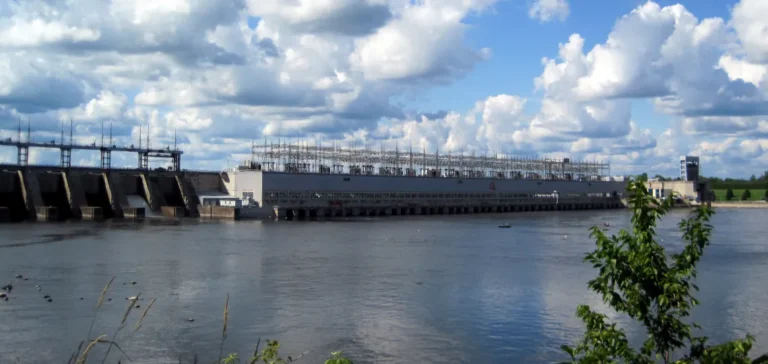The federal government has announced CAD17mn ($12.4mn) in funding to support two hydroelectric projects led by Indigenous communities in Quebec. These investments cover the commissioning of the 7.5-megawatt (MW) Innavik plant in Inukjuak and a feasibility study for a future 17 MW facility at the Matawin Dam near Saint-Michel-des-Saints.
The Innavik facility, jointly owned by the Pituvik Landholding Corporation and Innergex Renewable Energy, is the largest off-grid hydroelectric installation in Canada. Powered by run-of-river technology, it supplies nearly all the energy needs of the 1,800-person community of Inukjuak. The project received CAD14.9mn ($10.9mn) through the Clean Energy for Rural and Remote Communities (CERCC) programme.
Local production to boost energy autonomy
Owned by the Inuit of Inukjuak, the Innavik facility aims to replace diesel use while generating revenue for the community. The project is part of a long-term energy strategy developed over two decades. It also marks the largest initiative completed under the CERCC programme, which has supported 229 projects across the country.
In parallel, more than CAD1.7mn ($1.2mn) has been allocated to study the Matawak project, led by the Atikamekw Nation of Manawan and the Innu First Nation of Lac-Saint-Jean. The future plant would be located at existing infrastructure at the Matawin Dam, operated by Hydro-Québec, at the Taureau Reservoir.
Construction timeline and funding structure
Construction of the Matawak facility is scheduled to begin in 2026, pending feasibility study outcomes and required permits. The project aims to meet growing energy demand in the region while offering autonomous revenue streams to the participating communities.
The CERCC programme, launched in 2018 with CAD453mn ($330mn), supports remote communities in their energy transition. The Smart Renewables and Electrification Pathways Programme (SREPP), with a budget of CAD4.5bn ($3.3bn), targets grid modernisation and low-emission power generation.
Expected impact on regional energy sector
Through these projects, the federal government is reinforcing direct Indigenous participation in local energy production. By integrating community governance structures in capital-intensive energy infrastructure, these communities aim to strengthen their role in regional economic development.
The co-development model between private partners and local communities could inspire further initiatives in Canada’s North. The ability of such projects to generate economic returns while reducing energy supply costs remains central to stakeholder expectations.






















